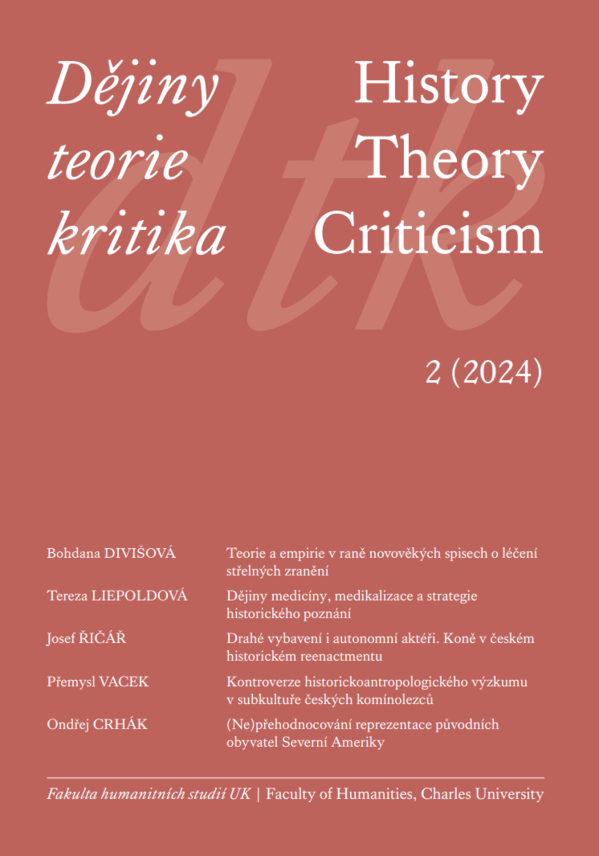Theory and Empirics in Early Modern Writings on the Treatment of Gunshot Wounds
DOI:
https://doi.org/10.14712/24645370.4760Keywords:
war, injury, medicine, gunpowder, early modernityAbstract
For centuries, the only persons performing surgical procedures were untrained bonesetters and leeches. Following the invention of gunpowder and the introduction of firearms in warfare in the 14th-15th centuries, the wounded were cared for solely by these bonesetters and leeches, whose choice of medical treatment was based solely on their own discretion. However, when surgical training was formalised as part of academic studies, bonesetters and leeches had to adapt their treatment methods to conform to the then widely accepted humoral physiology and pathology. This study attempts to show how knowledge of medical theory influenced surgeons' approach to treating gunshot wounds. It is based on ten writings devoted to firearm injuries, written in the 16th century – a time when firearms had become a relatively common part of armament and when standardised procedures were already in place. Using several examples, the study documents how the methods of treatment of gunshot wounds were influenced by paracelsism and it underlines the growing importance of early modern empiricism.
Downloads
Published
How to Cite
Issue
Section
License

This work is licensed under a Creative Commons Attribution-NonCommercial 4.0 International License.


